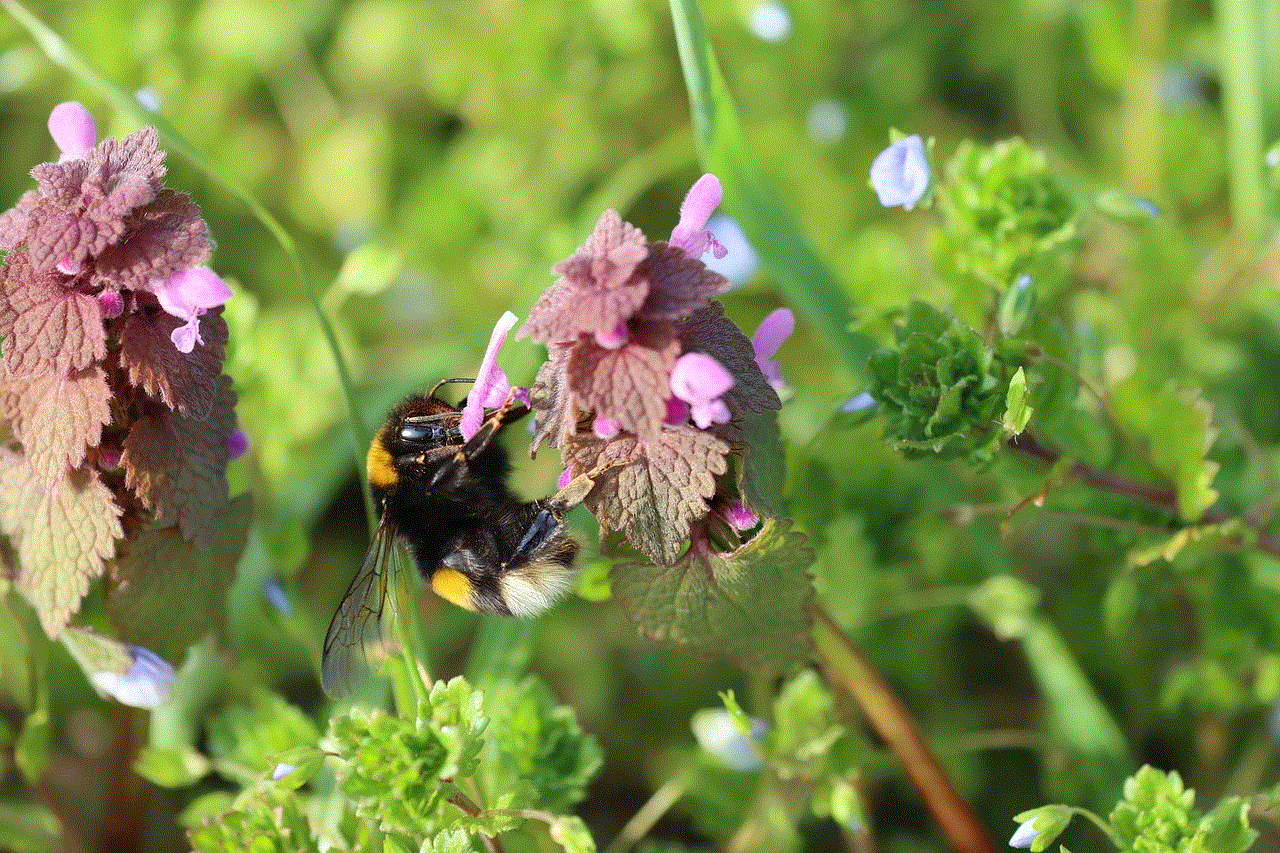daughter potty training
Potty training is an important milestone in a child’s development, and as a parent, it can be both exciting and challenging. As your daughter grows and becomes more independent, she will need to learn how to use the toilet on her own. This process can vary from child to child, and some may master it quickly while others may take longer. Regardless of the timeline, it is essential to approach potty training with patience, consistency, and positivity. In this article, we will discuss the steps and techniques to help your daughter with potty training, as well as common challenges and how to overcome them.
Step 1: Preparing for Potty Training
Before starting the potty training process, it is crucial to make sure your daughter is physically and emotionally ready. Most children are ready for potty training between the ages of 2 and 3, but every child is different. Some signs that your daughter may be ready for potty training include:
– She can stay dry for at least two hours during the day.
– She can understand and follow simple instructions.
– She shows interest in using the toilet or wearing underwear.
– She can communicate when she needs to go to the bathroom.
– She can pull her pants up and down on her own.
If your daughter shows these signs, it may be time to start potty training. However, if she is not showing any interest or is resistant to the idea, it is best to wait for a little longer. Pushing a child to potty train before they are ready can lead to frustration and setbacks.
Step 2: Introducing the Concept of Potty Training
Before diving into potty training, it is a good idea to introduce the concept to your daughter. You can start by reading books about potty training or watching videos together that explain the process. This will help her understand what is expected of her and make her feel more comfortable with the idea.
You can also let your daughter observe you or an older sibling using the toilet. This will help her understand that using the toilet is a normal and natural part of life. It may also help her feel more comfortable when it is her turn to use the toilet.
Step 3: Getting the Right Equipment
Having the right equipment can make the potty training process a lot easier for both you and your daughter. A potty chair or a potty seat that fits on the regular toilet can be helpful. Let your daughter pick out her potty chair or seat, as it will make her feel more involved and excited about using it.
It is also a good idea to have a step stool in the bathroom so your daughter can reach the toilet and sink. This will give her a sense of independence and allow her to take care of her bathroom needs on her own.
Step 4: Choosing the Right Time to Start
Potty training can be a big change for your daughter, so it is best to start when there are no significant changes happening in her life. Avoid starting potty training during a move, a new sibling’s arrival, or when she is going through a significant developmental phase. Starting when things are relatively calm will help your daughter focus on the task at hand.
Step 5: Establishing a Routine
Children thrive on routines, and potty training is no exception. Establishing a consistent routine for bathroom breaks will help your daughter get into the habit of using the toilet. You can start by taking her to the bathroom at regular intervals throughout the day, such as after meals, before naptime, and before bedtime.
It is also essential to have a consistent routine for using the toilet. Teach your daughter to flush the toilet, wash her hands, and put her clothes back on after using the bathroom. This will help her understand the entire process and become more independent.
Step 6: Using Positive Reinforcement
Potty training can be a frustrating process for both you and your daughter. However, using positive reinforcement can make a significant difference. Praise your daughter every time she successfully uses the toilet or shows interest in using it. You can also use stickers, a chart, or a small reward system to motivate her.
It is crucial to avoid using punishment or negative reinforcement in potty training. This can lead to a negative association with using the toilet and cause setbacks in the process.
Step 7: Dealing with Accidents
Accidents are a normal part of potty training, and it is essential to handle them with patience and understanding. When your daughter has an accident, calmly clean it up and remind her to use the toilet next time. Avoid getting upset or scolding her, as this can make her feel ashamed or embarrassed.
You can also use accidents as a learning opportunity. Ask your daughter to help you clean up and explain to her what she can do differently next time. This will help her understand the importance of using the toilet.
Step 8: Overcoming Challenges
Potty training can come with its fair share of challenges, and it is crucial to be prepared for them. One common challenge is resistance to using the toilet. If your daughter is resistant, it may be helpful to take a break and try again in a few weeks. You can also try different techniques or rewards to motivate her.
Another challenge is regression, where a child who was successfully potty trained starts having accidents again. This can happen due to changes in routine, illness, or stress. If your daughter regresses, be patient and encourage her to use the toilet again. Reestablishing a consistent routine can also help overcome regression.
Step 9: Nighttime Potty Training
Potty training during the day is usually easier to master than nighttime potty training. It is essential to wait until your daughter is consistently dry during naps and can stay dry for at least a few hours during the day before attempting to potty train at night.
To make nighttime potty training easier, limit the intake of fluids before bedtime, and encourage your daughter to use the toilet before going to bed. You can also use a nighttime training pant to help absorb any accidents that may happen.
Step 10: Celebrating Success
Potty training is a significant achievement for your daughter, and it is essential to celebrate her success. Once she is consistently using the toilet, make a big deal out of it. You can have a special dinner, go out for ice cream, or buy her a new toy. This will make her feel proud of herself and encourage her to continue using the toilet.
In conclusion, potty training your daughter can be a challenging but rewarding experience. Remember to be patient and consistent, and avoid punishing or pressuring your daughter. With the right preparation, approach, and mindset, your daughter will soon be successfully using the toilet on her own.
how to catch your girlfriend cheating
Being in a committed relationship requires trust, honesty, and open communication. When you enter a romantic relationship, you expect your partner to be faithful and loyal to you. However, sometimes, things can go wrong, and you may start to suspect that your girlfriend is cheating on you. This can be a devastating and heartbreaking realization, and it can leave you feeling confused, angry, and hurt.



If you have a gut feeling that something is off in your relationship, it’s essential to pay attention to your instincts. While it’s never pleasant to think that your girlfriend may be cheating on you, it’s better to address the issue head-on than to let your doubts and suspicions fester. In this article, we will explore how to catch your girlfriend cheating and what steps you can take to handle the situation.
Signs Your Girlfriend Might Be Cheating
Before we dive into how to catch your girlfriend cheating, it’s crucial to understand some of the common signs that may indicate infidelity. While these signs do not necessarily mean that your girlfriend is cheating, they can be red flags that something is amiss in your relationship. Here are some of the signs you should look out for:
1. She becomes secretive: If your girlfriend starts to hide her phone, laptop, or other devices from you, it could be a sign that she’s trying to hide something from you. If she used to be open and transparent with you about her messages, emails, and social media activity, but suddenly becomes guarded and secretive, it could be a warning sign.
2. She starts spending more time away from you: If your girlfriend is suddenly spending a lot of time away from you, it could be a cause for concern. Whether it’s working late, going out with friends more often, or taking trips alone, her increased absence could be a way for her to spend time with someone else without you knowing.
3. She becomes emotionally distant: If your girlfriend used to be affectionate and loving, but now seems emotionally distant and detached, it could be a sign that she’s investing her emotions in someone else. She may seem distracted, uninterested in spending time with you, or unwilling to open up and share her feelings.
4. She starts dressing differently: If your girlfriend suddenly starts paying more attention to her appearance, it could be a sign that she’s trying to impress someone else. She may start wearing more revealing or sexy outfits, trying out new hairstyles, or wearing more makeup than usual.
5. She’s constantly on her phone: If your girlfriend seems glued to her phone and is always texting, it could be a sign that she’s communicating with someone else. Pay attention to how she reacts when you ask her about who she’s talking to or if she’s defensive about her phone usage.
6. She becomes defensive or accuses you of cheating: Sometimes, when a person is cheating, they may start to project their guilt onto their partner. If your girlfriend becomes overly defensive or accuses you of cheating without any valid reason, it could be a sign that she’s trying to deflect attention away from her behavior.
7. She stops showing interest in physical intimacy: If your girlfriend used to be physically intimate with you but has suddenly lost interest, it could be a sign that she’s getting her needs met elsewhere. She may also be emotionally withdrawn and unwilling to connect with you on an intimate level.
8. She’s suddenly more interested in your schedule: If your girlfriend starts asking you about your schedule, who you’re spending time with, and where you’re going, it could be a sign that she’s trying to keep tabs on you to cover her tracks. She may also start showing up unexpectedly to check on you or call you more often than usual.
9. She becomes distant from your friends and family: If your girlfriend used to spend time with your friends and family but has suddenly become distant, it could be a sign that she’s trying to avoid any potential confrontation or exposure of her infidelity.
10. She starts to pick fights or becomes overly critical: Sometimes, when a person is guilty of cheating, they may start to create distance between themselves and their partner by picking fights or becoming overly critical. This behavior can be a way for them to justify their actions and create a rift in the relationship.
How to Catch Your Girlfriend Cheating
Now that you know some of the signs to look out for let’s explore how you can catch your girlfriend cheating. It’s essential to approach this situation with caution and sensitivity, as confronting your partner about infidelity can be a delicate and emotional experience. Here are some steps you can take:
1. Keep a record of her behavior: Before you jump to any conclusions, it’s essential to gather evidence to support your suspicions. Keep a record of the signs and behaviors that have raised red flags for you. This could include any unusual phone calls, changes in her schedule, or any other behavior that seems out of character for her.



2. Talk to her: If you have a gut feeling that something is off, the best thing to do is to talk to your girlfriend. Approach the conversation with an open mind and express your concerns without accusing her of anything. Listen to her side of the story and pay attention to her body language and tone of voice.
3. Consider hiring a private investigator: If you have strong suspicions that your girlfriend is cheating, you may want to consider hiring a private investigator. They have the experience and resources to gather evidence and provide you with concrete proof of infidelity.
4. Check her phone and social media accounts: While invading your partner’s privacy is never advised, if you have a genuine reason to believe that your girlfriend is cheating, it may be necessary to look through her phone and social media accounts. Look for any incriminating messages, calls, or photos that could confirm your suspicions.
5. Talk to her friends and family: If you have a good relationship with your girlfriend’s friends and family, you may want to reach out to them for their perspective. They may be able to provide insight into your girlfriend’s behavior and help you better understand what’s going on.
6. Plan a surprise visit: If your girlfriend has been spending more time away from you than usual, you may want to plan a surprise visit to her workplace or the place she’s been going to. This can help you confirm if she’s been telling the truth about her whereabouts.
7. Use a GPS tracker: If you suspect that your girlfriend is lying about where she’s been, you may want to use a GPS tracker to monitor her movements. This can help you gather evidence of her infidelity and confirm your suspicions.
8. Install a spyware app on her phone: If you’re tech-savvy, you may want to consider installing a spyware app on your girlfriend’s phone. This can help you access her messages, calls, and location without her knowledge.
9. Look for physical evidence: If you live with your girlfriend, you may want to look for any physical evidence that could prove she’s been cheating. This could include receipts, love notes, or any other items that don’t belong to you.
10. Confront her with evidence: If you have gathered enough evidence to confirm that your girlfriend is cheating, it’s time to confront her. Approach the conversation calmly and present your evidence. Be prepared for her to deny it or become defensive, but stay firm and demand the truth.
How to Handle the Situation
Discovering that your girlfriend has been unfaithful can be a painful and emotional experience. It’s essential to take care of yourself and handle the situation with maturity and grace. Here are some tips on how to handle the situation:
1. Take some time to process your emotions: Finding out that your girlfriend has been cheating can trigger a range of emotions, including anger, hurt, and betrayal. Allow yourself to feel these emotions and take some time to process them before taking any action.
2. Talk to someone you trust: It’s essential to have a support system during this difficult time. Reach out to a friend or family member you trust and talk to them about what’s been going on. They can offer you a listening ear and provide you with much-needed support and advice.
3. Communicate with your girlfriend: If you have confirmed that your girlfriend has been cheating, it’s crucial to communicate with her about the situation. Express how her actions have made you feel and listen to her side of the story. However, if she continues to deny it or tries to shift the blame onto you, it may be time to consider ending the relationship.
4. Seek counseling: Dealing with infidelity can be a traumatic experience. If you’re struggling to cope with the situation, it may be helpful to seek counseling. A therapist can help you work through your emotions and guide you towards healing and moving forward.
5. Decide what you want to do: Discovering that your girlfriend has been cheating can make you question your entire relationship. It’s crucial to take the time to think about what you want and what’s best for you. Whether it’s ending the relationship or giving her another chance, make sure it’s a decision that you’re comfortable with.



Final Thoughts
Discovering that your girlfriend has been cheating can be a painful and devastating experience. However, it’s essential to address the situation and find out the truth rather than ignoring your suspicions. Follow the steps outlined in this article to catch your girlfriend cheating and handle the situation with maturity and grace. Remember to take care of yourself and prioritize your well-being during this difficult time.
